F1 cockpit protection decision set for July
- Published
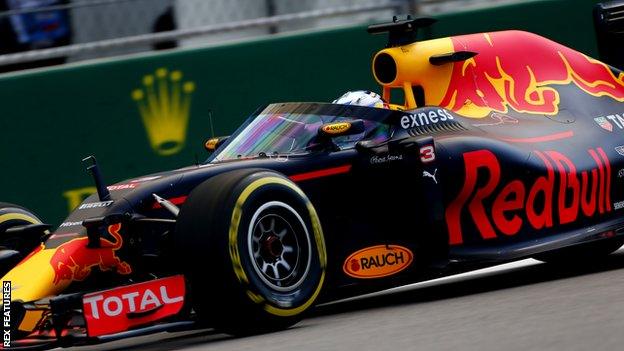
Red Bull's aeroscreen is one of two concepts in contention
Formula 1 bosses have a set a deadline of 1 July for a decision on the introduction of cockpit head protection for the 2017 season.
"It would be unreasonable if we didn't have a clear path by that time," said Charlie Whiting, F1 director at motorsport's governing body the FIA.
The 'aeroscreen' tested by Red Bull on Friday and the 'halo' run by Ferrari pre-season are concepts in contention.
Red Bull will run the aeroscreen again at the Spanish and Monaco Grands Prix.
Russian Grand Prix qualifying results
Russian Grand Prix coverage details
These tests will evaluate the effect of coatings on the aeroscreen to ensure good visibility.
Whiting said: "This time we hope they will have sourced, and they are optimistic they can, some anti-glare coating for the inside - as we understand it can be quite difficult where you have tall buildings, trees, low sun, and those sorts of effects that you will probably get in Monaco and Monza, where there are natural features.
Red Bull test new 'aeroscreen' at Russian Grand Prix
"And there will also be a coating for the outside that will repel rain and prevent things sticking to it."
Mercedes and Ferrari - the teams who have done most research on the 'halo' concept - are free to carry on with evaluation of that should they wish to.
The 1 July deadline is to ensure teams have sufficient time to incorporate the design into their 2017 cars.
Each structure has its own effect on the chassis, as they are mounted in different ways at both the front - the halo by a single central strut, and the aeroscreen by two side struts - and the rear.
One single design solution will be imposed, either supplied centrally or to a specification for the teams to build themselves, to ensure no-one can gain an advantage.
Whiting said the next stage of testing would focus on allaying concerns about the possibility of the driver's head hitting the structure in an accident.
He said F1 cars have a "free head volume", which is the space that has to be free for a driver's head to move about in a high-speed accident without hitting anything other than the cockpit sides, which are fitted with impact-absorbing material.
Whiting said: "At the moment it's quite big and is causing a few problems, so what we are doing is some sled work with a dummy to try to simulate more precisely just how much room you need in order to make sure that the driver's head doesn't make contact with it - as they are both substantial structures."
This analysis, he said, is expected to be completed within the next two weeks.
Never want to miss the latest formula 1 news? You can now add F1 and all the other sports and teams you follow to your personalised My Sport home.
- Published1 May 2016
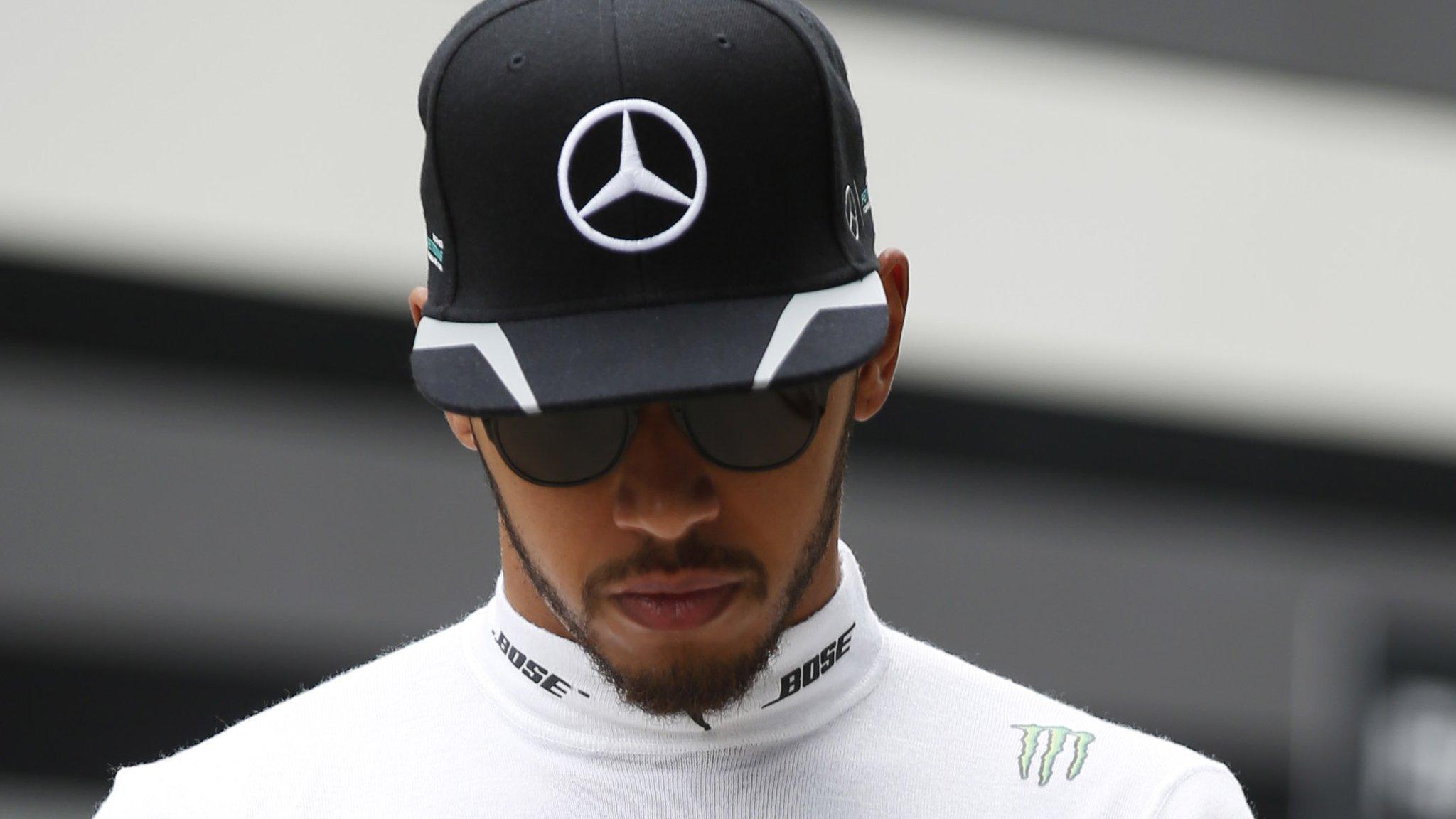
- Published30 April 2016
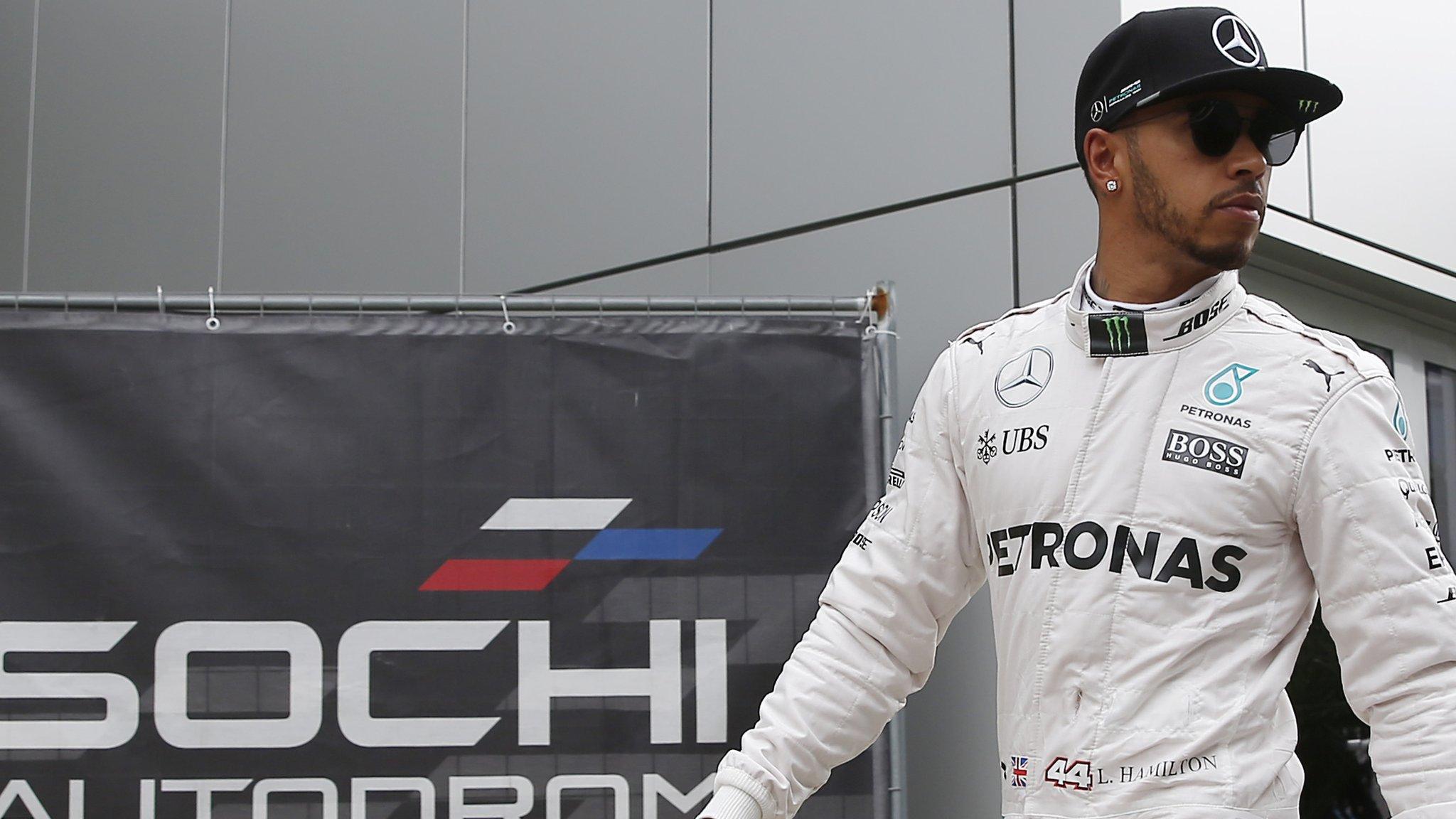
- Published29 April 2016
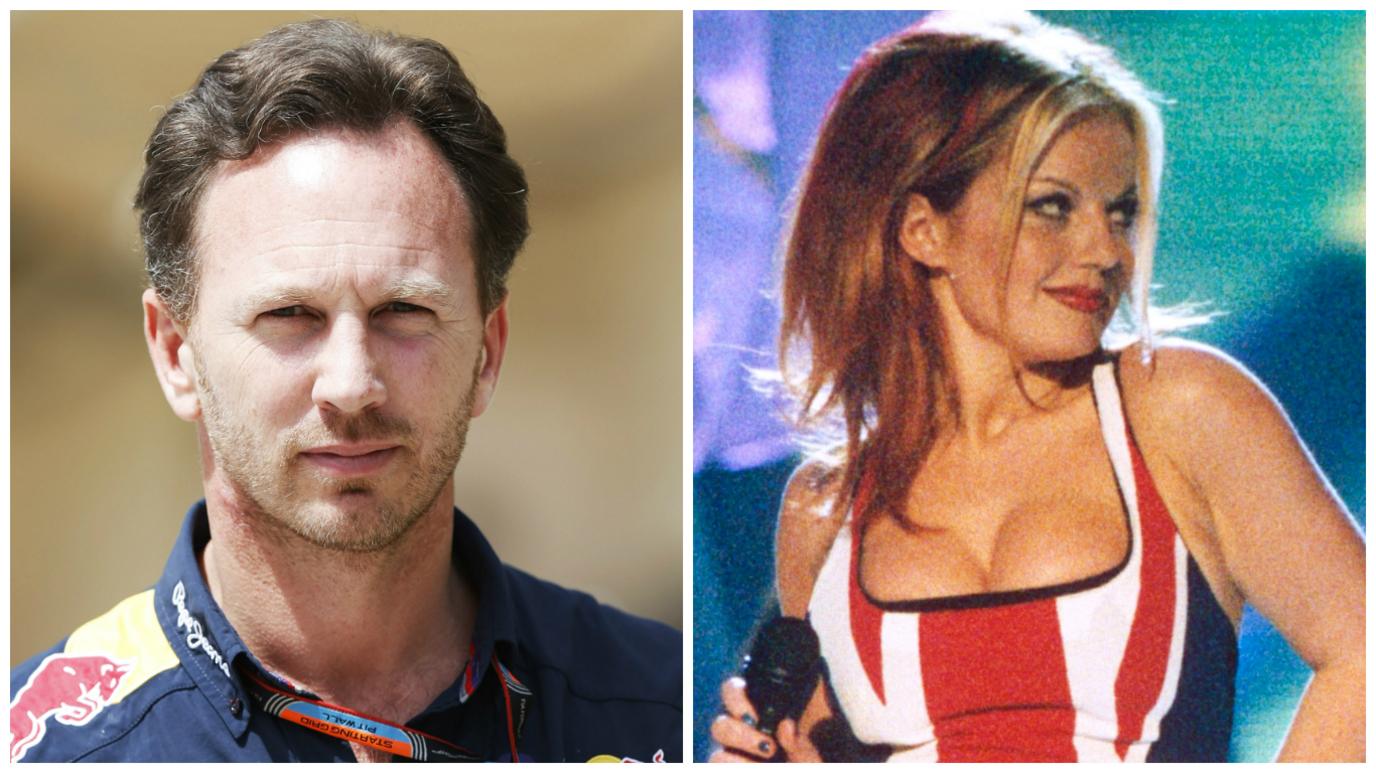
- Published27 April 2016
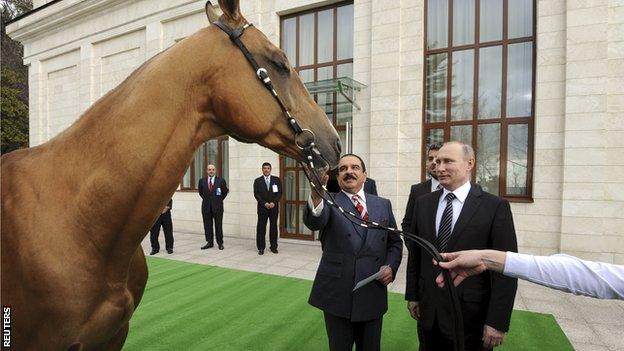
- Published18 December 2015

- Published2 November 2018

- Published26 February 2019
